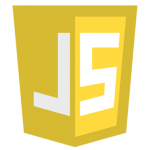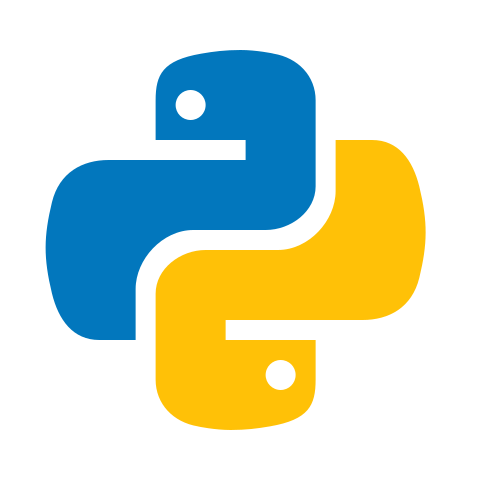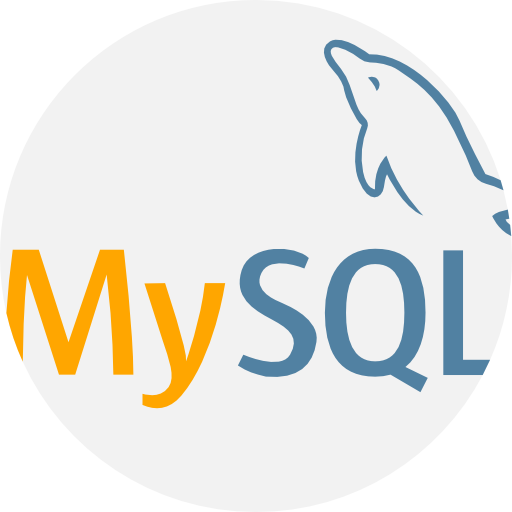Front end development manages everything that users visually see first in their browser or application. Front end developers are responsible for the look and feel of a site.
The core 3 technologies that all modern front-end web developers work to master are HTML5, CSS, and JavaScript. Ajax, short for Asynchronous Java and XML, has allowed developers to create interactive web-pages with rich interfaces with the help of XML, HTML, CSS, and JavaScript.

HTML is used to create electronic documents (called pages) that are displayed on the World Wide Web. Each page contains a series of connections to other pages called hyperlinks. Every web page you see on the Internet is written using one version of HTML code or another.

CSS is the language for describing the presentation of Web pages, including colors, layout, and fonts. It allows one to adapt the presentation to different types of devices, such as large screens, small screens, or printers. CSS is independent of HTML and can be used with any XML-based markup language.

In most cases, JavaScript is used to create responsive, interactive elements for web pages, enhancing the user experience. Things like menus, animations, video players, interactive maps, and even simple in-browser games can be created quickly and easily with JavaScript.
Front-End Framework. Also referred to as “CSS frameworks,” these are packages containing pre-written, standardized code in files and folders. They give you a base to build on while still allowing flexibility with the final design.

AngularJS is a structural framework for dynamic web apps. It lets you use HTML as your template language and lets you extend HTML's syntax to express your application's components clearly and succinctly. AngularJS's data binding and dependency injection eliminate much of the code you would otherwise have to write.

Bootstrap is a framework to help you design websites faster and easier. It includes HTML and CSS based design templates for typography, forms, buttons, tables, navigation, modals, image carousels, etc. It also gives you support for JavaScript plugins.

jQuery is a lightweight, "write less, do more", JavaScript library. The purpose of jQuery is to make it much easier to use JavaScript on your website. jQuery takes a lot of common tasks that require many lines of JavaScript code to accomplish, and wraps them into methods that you can call with a single line of code.

ReactJS is an open-source JavaScript library which is used for building user interfaces specifically for single page applications. It's used for handling view layer for web and mobile apps. React also allows us to create reusable UI components.
Backend development languages handle the 'behind-the-scenes' functionality of web applications. It's code that connects the web to a database, manages user connections, and powers the web application itself. Backend development works in tandem with the front end to deliver the final product to the end user.

Python is a general purpose and high level programming language. You can use Python for developing desktop GUI applications, websites and web applications. Also, Python, as a high level programming language, allows you to focus on core functionality of the application by taking care of common programming tasks.

PHP is a server side scripting language. that is used to develop Static websites or Dynamic websites or Web applications. PHP stands for Hypertext Pre-processor, that earlier stood for Personal Home Pages. PHP scripts can only be interpreted on a server that has PHP installed.

SQL is used to communicate with a database. It is the standard language for relational database management systems. SQL statements are used to perform tasks such as update data on a database, or retrieve data from a database.
